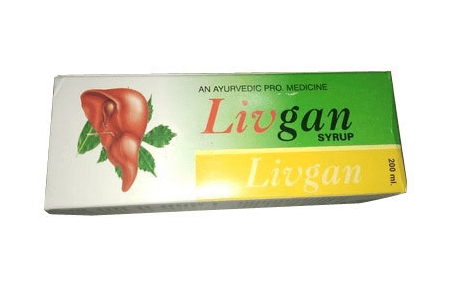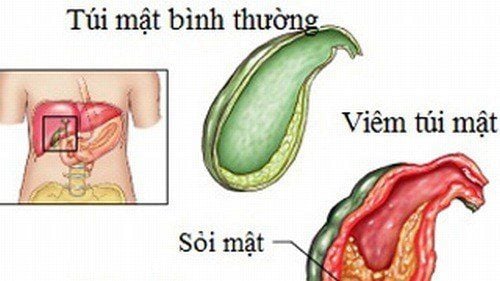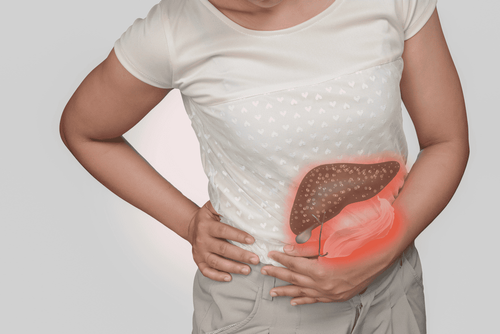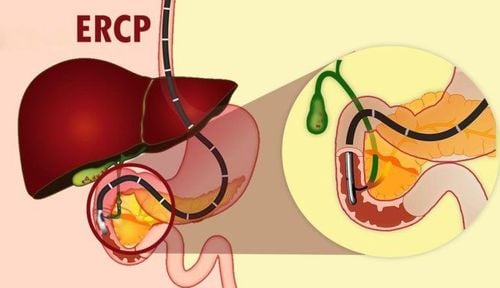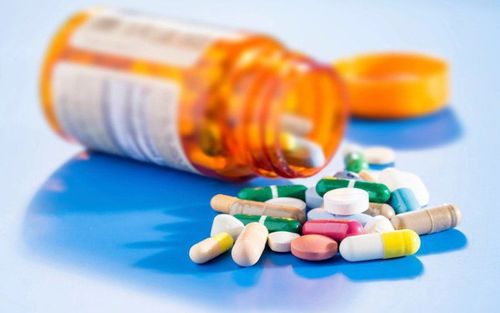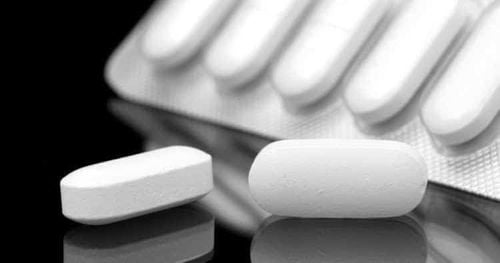This is an automatically translated article.
Posted by Resident Doctor, Master Tran Duc Tuan - Department of Diagnostic Imaging - Vinmec Central Park International General HospitalHIDA scan or hepatobiliary scan is used to take pictures of the liver, gallbladder, bile ducts, and small intestine to help diagnose conditions related to these organs. This diagnostic technique is also often used in conjunction with X-rays and ultrasound.
1. What is a hepatobiliary scan?
Hepatobiliary scintigraphy (English name hepatobiliary iminodiacetic acid is and abbreviated as HIDA) is an imaging technique used to diagnose problems with the liver, gallbladder, and bile ducts.
During the scan, a radioactive tracer (Radioactive Tracer) is injected into a vein in your arm. This substance travels through your bloodstream to your liver, where bile-producing cells receive it. The radioisotope tracer then follows the bile into the gallbladder and through the bile ducts to the small intestine.
A nuclear medicine scanner (gamma camera) will monitor the flow of the tracer from your liver into your gallbladder and small intestine and create computer images.
The HIDA scan shows how well your gallbladder is working. It can also test your liver function, as the two organs work closely together.
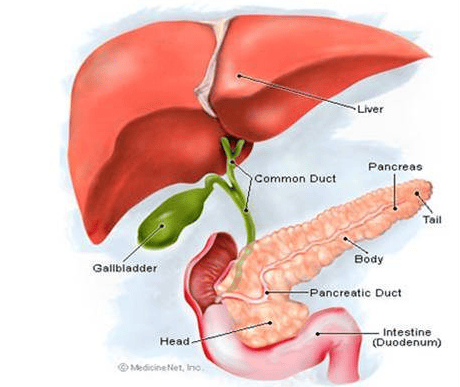
2. When does a patient need HIDA scans?
A HIDA scan is often done to evaluate your gallbladder. It is also used to look at the liver's function of excreting bile and to monitor the flow of bile from the liver into the small intestine. HIDA scans are often used with X-rays and ultrasounds.
HIDA scans can help diagnose a number of diseases and conditions, such as:
Cholecystitis Bile duct obstruction Congenital abnormalities in the bile ducts, such as biliary atresia Post-operative complications, such as: Bile leaks and fistulas Liver transplant evaluation Your doctor may use a HIDA scan to measure the rate at which bile is released from the gallbladder.
3. Risks of HIDA
HIDA scans can pose some risks such as:
Allergic reactions to the radioisotope marker used for the scan Bruises at the injection site Exposure to small amounts of radiation Tell your doctor if you suspect you are pregnant or if you are breast-feeding. In most cases, nuclear medicine diagnostic techniques, such as HIDA scans, are not performed in pregnant women because of the potential harm to the fetus.

4. HIDA Scanning Process
Your doctor will help you understand how to get ready for the HIDA scan. In general, you should:
Stop certain medications. Tell your doctor in advance about any medications you are taking on a daily basis. Some medications interfere with the effectiveness of the HIDA scan. In this case, your doctor will ask you to stop taking that medicine until the scan is over. You will need to avoid eating for at least 4 hours before the scan, but you can drink plain water. Follow the doctor's instructions. Your doctor may prescribe a special medicine that will help the HIDA scan get a better picture of your organs. You may need to start taking it a few days before the scan. Or the technician can give it to you right before the scan begins. During the scan
You will lie on your back on a table and have a radioisotope tracer injected into a vein in your arm. You may feel tightness or a cold sensation when the radioactive tracer is injected.
During the scan, you may be given an injection of sincalide (Kinevac) into a vein, which causes your gallbladder to contract and empty. Morphine, another medication sometimes given during a HIDA scan, makes it easier to get a gallbladder scan.
A gamma scanner is placed on your abdomen to take pictures of the radioisotope tracer as it moves through your body. This process takes about an hour, during which time you will need to lie still.
If you feel uncomfortable, you need to tell the medical staff. You can relieve discomfort by taking deep breaths.
On the computer, your doctor will monitor the progress of the radioisotope tracer moving through your body. In some cases, you may need additional scans within 24 hours if the first scan is unsatisfactory.
After the shoot
In most cases, you can go home the same day after the shoot. A small amount of the radioisotope tracer will either lose the ability to react or pass through your urine and stools over the next day or two. You should drink plenty of water to help flush this substance out of the body.

Results
To make a diagnosis, your doctor will consider a combination of your signs, symptoms, and other test results with the results of your HIDA scan.
HIDA scan results include:
Normal. The radioisotope tracer moves freely with bile from your liver into your gallbladder and small intestine. The uniform deceleration of the radioisotope tracer. A slow-moving radioisotope tracer may indicate a blockage or problem with liver function. No radioisotope tracer was found in the gallbladder. Not seeing a radioisotope tracer in your gallbladder may indicate acute inflammation (acute cholecystitis). The gallbladder's bile ejection fraction is abnormally low. Too little radioactive tracer leaves the gallbladder after you are given a medicine to make it empty, which could indicate chronic inflammation (chronic cholecystitis). Radioisotope tracer detected in other areas. Radioisotope tracer found outside of your bile system may indicate a leak. Vinmec International General Hospital uses the SPECT/CT Discovery NM/CT 670 Pro system with the most modern 16-sequence CT of the world's leading medical equipment maker GE Heathcare (USA), for high quality images, help in early diagnosis of diseases to be investigated.
Hospital's high quality service will satisfy customers. Experienced medical staff, well-trained at home and abroad, can advise and provide maximum support to customers during the shooting process, even for foreign customers.
If you have a need for consultation and examination at Vinmec Hospitals under the nationwide health system, please book an appointment on the website for service.
Please dial HOTLINE for more information or register for an appointment HERE. Download MyVinmec app to make appointments faster and to manage your bookings easily.
References: mayoclinic.org, healthline.com, webmd.com





